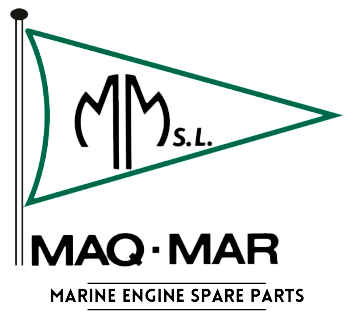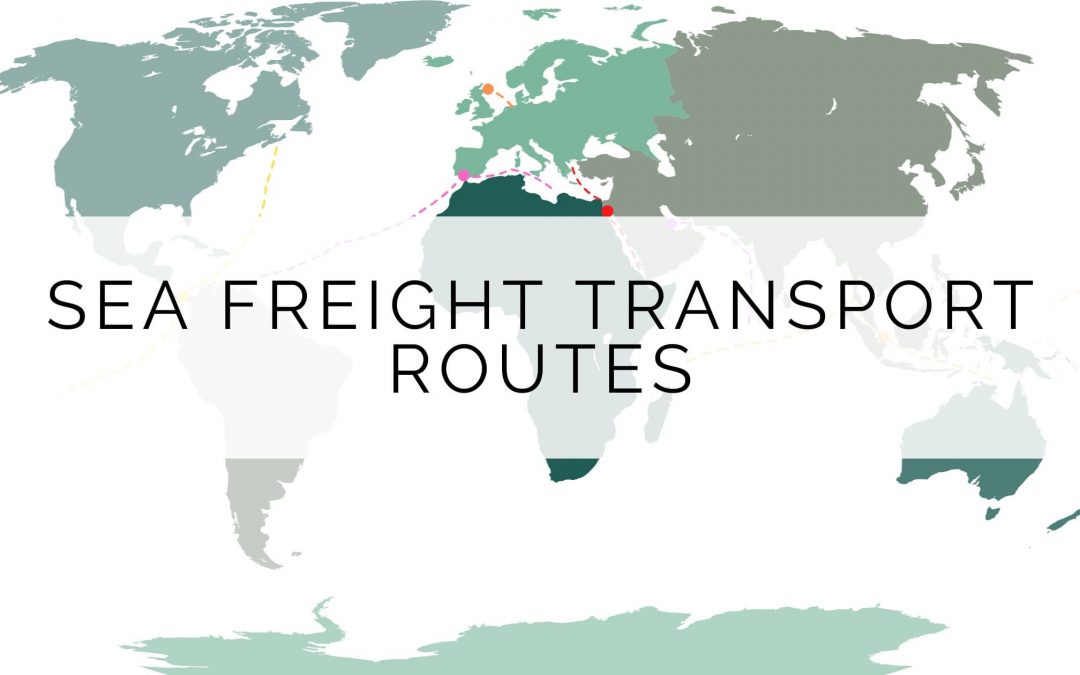The importance of maritime transport in international trade
Currently, the most widely used form of transport in international trade is sea freight, as 80%-90% of goods are shipped by sea. However, this type of transport has its pros and cons.
Pros:
- It is the most efficient and secure.
- Large quantities can be sent anywhere.
- It has a very low cost.
Cons:
- Longer journeys.
- It involves advance planning to prepare the route and the ship.
- Whether or not to sail depends on weather conditions.
- Shipping prices are very sensitive.
Linked to the last point, during the pandemic, the demand for goods from online shopping increased significantly, leading to supply problems, port congestion and higher prices, including freight costs. Today, in the face of rising inflation and a possible economic recession, the cost of containers has fallen significantly due to reduced demand for goods.
Despite the existence of other faster modes of transport (e.g. air transport), sea transport is still the most widely used mode of international trade.
Main maritime routes
The main international shipping routes are those connecting Asia-America, Asia-Europe and Europe-America. In order to avoid crossing continents and to save time, canals and straits located in several countries are used. The most important are the following:
Suez Canal
This is an artificial canal located in Egypt. As a result, ships do not have to go around the African continent, reducing the journey between Europe and Asia by 8000 km. It is 193 kilometres long, making it the longest canal in the world without locks, because the waters of the canal and those of the two seas it links (the Mediterranean Sea and the Red Sea) are at the same level.
In recent years, the Suez Canal has been at the centre of several major events for international trade. In 2021, the Panamanian-flagged container ship Ever Given, ran aground and blocked the canal for 6 days, causing losses of 364 million euros and delaying cargo deliveries for months. In 2022, the Singapore-flagged tanker Affinity, ran aground due to a technical problem with the ship’s rudder, but was quickly refloated. In early 2023, the cargo ship “MV Glory”, carrying corn from Ukraine to China, ran aground for a few hours due to bad weather.
The main commodity transiting the Suez Canal is oil. However, it is also common for goods such as coal, minerals, metals and grain to pass through the Suez Canal.
Panama Canal
It is situated between the Caribbean Sea and the Pacific Ocean, being the shortest passage between the two largest oceans in the world: the Pacific and the Atlantic. It is 82 km long. Thanks to this canal, there is no need to go around South America, which is a distance of more than 15,000 kilometres.
Within the Panama Canal is Gatun Lake, which is 26 metres above sea level. Therefore, a system of locks was built to raise the water level. So, the locks raise the ships from sea level to the level of Gatun Lake, and then lower them down to navigate the canal.
Furthermore, in 2006, the expansion of the Panama Canal began with the construction of a third set of locks, so that larger ships, the so-called “Neopanamax”, could pass through. Following this expansion, 98% of the world’s maritime traffic can now transit through the Panama Canal.
The main commodity transiting the Panama Canal is usually petroleum and its derivatives. But also grain, coal, automobiles, trucks, accessories and parts, and canned and refrigerated food.
The above crossing points have been artificially constructed, but there are others that are natural:
La Mancha Canal
It is located in the Atlantic Ocean and connects France with Great Britain. It is 560 km long. In addition, there is an underwater tunnel called “Eurotunnel” through which cars, trucks and trains can pass.
Strait of Hormuz
It is located between the Gulf of Oman and the Persian Gulf. It is 160 kilometres long. The main commodity transiting through the Strait of Hormuz is oil, with 30% of the world’s oil passing through it.
Strait of Malacca
It is located between the Pacific Ocean and the Indian Ocean, between Indonesia and Malaysia. It is 900 kilometres long. The main product transiting through the Strait of Malacca is oil. But also coal, palm oil, manufactured goods and coffee from Indonesia.
As you have noticed, international trade relies heavily on maritime transport. Any incident on the routes causes huge losses of money and serious delays in deliveries, affecting a large number of countries and markets. For this reason, and although we cannot control external factors such as the weather or an outbreak of war, it is important that in the event of technical problems we act quickly, providing the necessary materials in the shortest possible time.
We can help you with this, if you need marine spare parts, engines for ships, pumps, etc. quickly and worldwide, we are at your disposal, just contact us.
See you next post!


Recent Comments